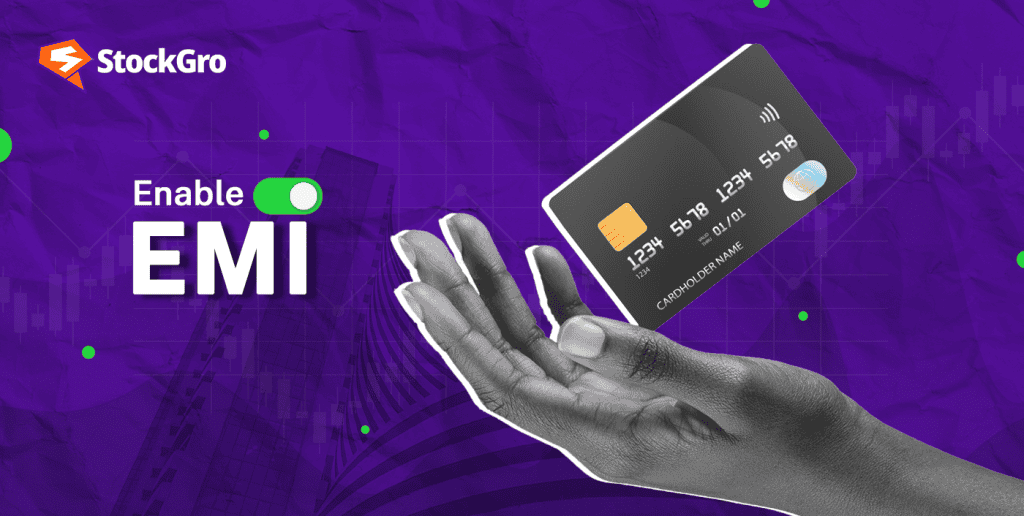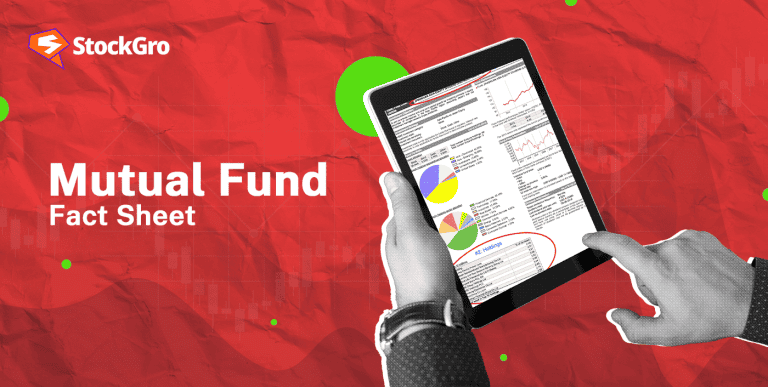
Credit card EMI lets you convert either your outstanding balance or specific purchases into monthly installments. It makes big purchases possible without having to save up for the entire amount at once. The repayment amount is spread over a tenure chosen by the individual, making it easy to manage one’s finances month after month.
Also read: Understanding credit cards: What are they, and how do they work?
Key features of credit card EMI
- Flexibility: The major first advantage is that anything bought with high value easily becomes smaller monthly payments. You can pick a tenure for repayment of the amount according to your financial situation that best matches it.
- Interest rates: The EMIs are provided with a lower interest rate as compared to the normal interest rates of the credit card. Now, there are some cards that provide a no-cost EMI through credit card which you pay only the principal amount and your interest cost is borne by the merchant or bank.
- Tenure options: Tenure options differ from credit card issuers from 3 months to up to 48 months. You are allowed to choose the tenure option that suits your cash flow and budgeting requirements.
You may also like: EMI vs SIP
How to use EMI on credit card
It is easy to activate an EMI option on the credit card. There are two ways to generally do this:
1. At the time of purchase
For high-value buys, when you are checking out, you would most likely get the EMI option presented for your selection. Many websites provide the same facility while buying products at retail stores. If you opt for EMI at the time of payment, it would help you to close the transaction under your chosen EMI plan then and there itself.
2. Post purchase
Most credit card issuers let you convert a purchase you have already made into an EMI if you request this within a specified time period – generally, within 30 days. Here is how you do it:
3. Check eligibility
- Make sure your credit card allows you to convert a purchase into an EMI.
- Log in to your bank’s portal or application to access your account: You will find the EMI conversion link on this page.
- Tenure and Review Terms to choose. Select tenure also ensure reading carefully the interest or processing fees
- Final Confirmation of Conversion: Once you accept terms, make your final selection.
Important considerations when using credit card EMI options
Before you settle for credit card EMIs, here are some aspects you must keep in mind so that the decision works for you and your pocketbook:
Interest rates and fees
- Processing Fees: Most banks charge a one-time processing fee when converting transactions to EMIs. This fee varies by bank, so you have to confirm the exact cost with your issuer.
- Interest Rates: Some banks provide No-cost EMI, wherein the merchant bears all the interest cost. The general interest rates are usually between 1.25% to 1.99% per month based on the tenure taken by you. The longer the tenure, so would be the interest. Choose the tenure that might work both ways for you-the more affordable and cost-friendly.
Impact on credit limit
Once you convert a purchase into an EMI, your available credit limit reduces by the principal amount of the EMI transaction. For example, if your credit limit is ₹1,50,000 and you convert a ₹75,000 purchase into EMIs, then your credit limit will reduce to ₹75,000 until the EMI payments are complete. This reduction may temporarily affect your buying power, so you must be aware of your spending limits.
Monthly payments
You will be paying a part of the total amount each month in the form of an EMI, so that total amount is added to your minimum payment due every month, meaning you have to pay more every month. Make sure that you can easily manage these extra payments besides any existing credit card balances because if you cannot do so, you might incur late fees or penalties.
Advantages of using credit card EMIs
Credit card EMIs are offered with many benefits which help in boosting your financial flexibility:
- Budgeting: The EMIs help smoothen out expenses on big-ticket purchases over a variety of months so you have less suffering from financial stress.
- Avoidance of high-interest debt: This would avoid paying high interest on high revolving balances as EMIs instead would just be a small repayment mode.
- Convenience: With the credit card EMI plan, immediate purchases can now be done without upfront payment. This is convenient when in emergency expenses or even if the cash flow gets tight.
Disadvantages of credit card EMIs
While credit card EMIs have their advantages, one should be aware of some drawbacks:
- Interest and Fees: Not all no-cost EMI applications mean zero interest cost on EMIs. Further processing charges in most purchase transactions mean that saving on small purchases is not very economical after all.
- Lowered Credit Limit: Conversions of EMI reduce the available credit limit, thus hindering your spending capacity or your ability to use your card for other essential purchases.
- In addition to this, your minimum EMIs that fall due every month add to your minimum payment due, so make sure you are okay with the burdens of increased payment obligations.
You may also like: Lost your wallet? Don’t panic, follow these steps!
Conclusion
Credit card EMI options can be a valuable tool for managing expenses, especially for large purchases or unexpected needs. By understanding the associated costs, interest rates, and potential impact on your credit limit, you can make informed decisions that align with your financial goals. Always check with your credit card issuer to learn about specific EMI terms, and assess whether the additional monthly payments fit within your budget. Used wisely, credit card EMIs can offer flexibility, convenience, and financial control, helping you make significant purchases without straining your finances.
FAQs
What is a credit card EMI, and how does it work?
A credit card EMI, or Equated Monthly Installment, allows you to convert a large purchase or outstanding balance into manageable monthly payments. This feature enables you to choose a repayment tenure, typically ranging from 3 to 48 months, based on your financial capability. Each month, a fixed EMI amount is added to your credit card bill, which includes any applicable interest charges. This helps you budget effectively while avoiding the strain of a one-time payment.
How can I enable EMI on my credit card?
You can enable EMI on your credit card in two ways. First, at the point of sale, you may see an option to select EMI while making a purchase, particularly for high-value items. Alternatively, if you’ve already made a purchase, you can log into your bank’s website or app and look for an option to convert eligible transactions into EMIs. Be sure to check the terms and conditions, including interest rates and processing fees, before proceeding.
What interest rates and fees apply to credit card EMIs?
Credit card EMIs can incur various costs, including interest rates and processing fees. While some banks offer no-cost EMIs, where the merchant covers interest, many charge rates between 1.25% to 1.99% per month. Additionally, a one-time processing fee may apply, varying by bank. It’s crucial to review these costs before converting a purchase to EMI, as they can impact the total repayment amount. Always check with your issuer for specific rates associated with your credit card.
Does opting for EMI affect my credit card limit?
Yes, choosing to convert a purchase into an EMI will temporarily reduce your available credit limit. When you opt for an EMI, the amount of the purchase is deducted from your limit until the total EMI balance is fully paid off. For instance, if your credit limit is ₹1,50,000 & you convert a ₹75,000 purchase into EMIs, your available limit will decrease to ₹75,000.
What are the advantages of using credit card EMIs?
Utilising credit card EMIs offers several advantages. First, they help spread the cost of large purchases over time, making them more manageable within your monthly budget. EMIs typically come with lower interest rates than regular credit card debt, preventing high-interest charges associated with revolving credit. Additionally, they provide immediate purchasing power without requiring full payment upfront, allowing you to address emergencies or take advantage of sales while maintaining financial control and avoiding debt accumulation.

